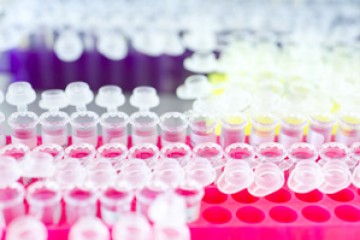Pilot study grant
Using C. elegans to produce proteins from parasitic nematodes for research and therapeutic use

At a glance
Completed
Award date
September 2013 - October 2014
Grant amount
£74,223
Principal investigator
Dr David Weinkove
Co-investigator(s)
- Professor William Harnett
Institute
Durham University
R
- Replacement
Read the abstract
View the grant profile on GtR
